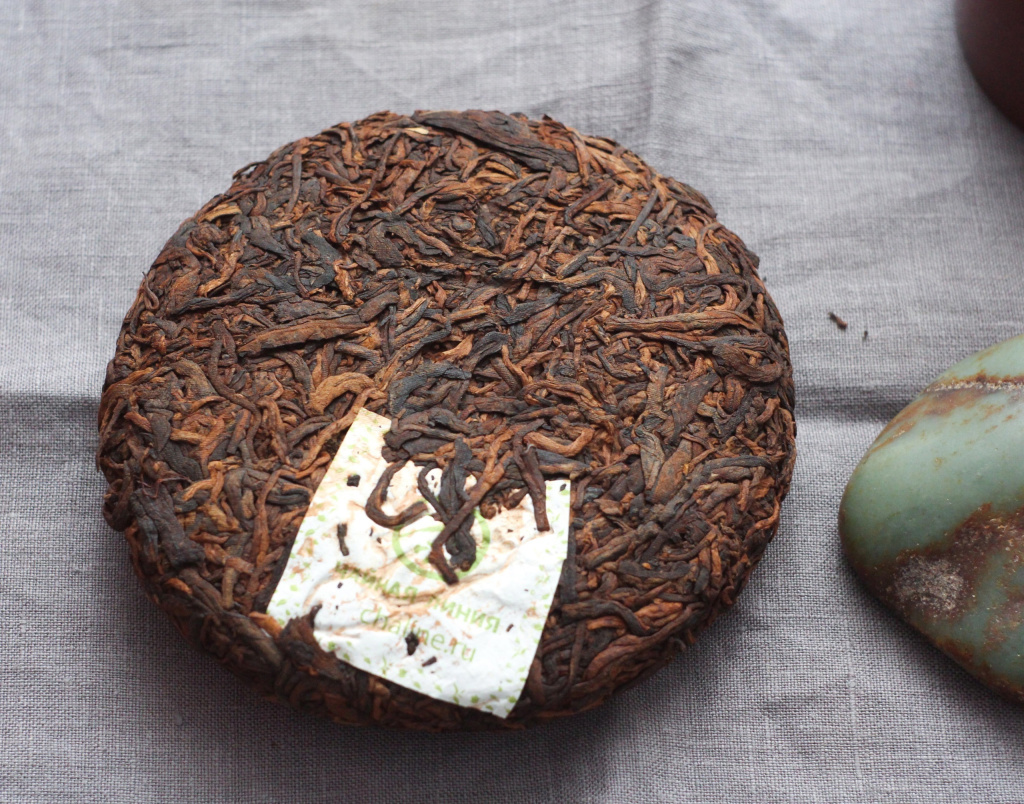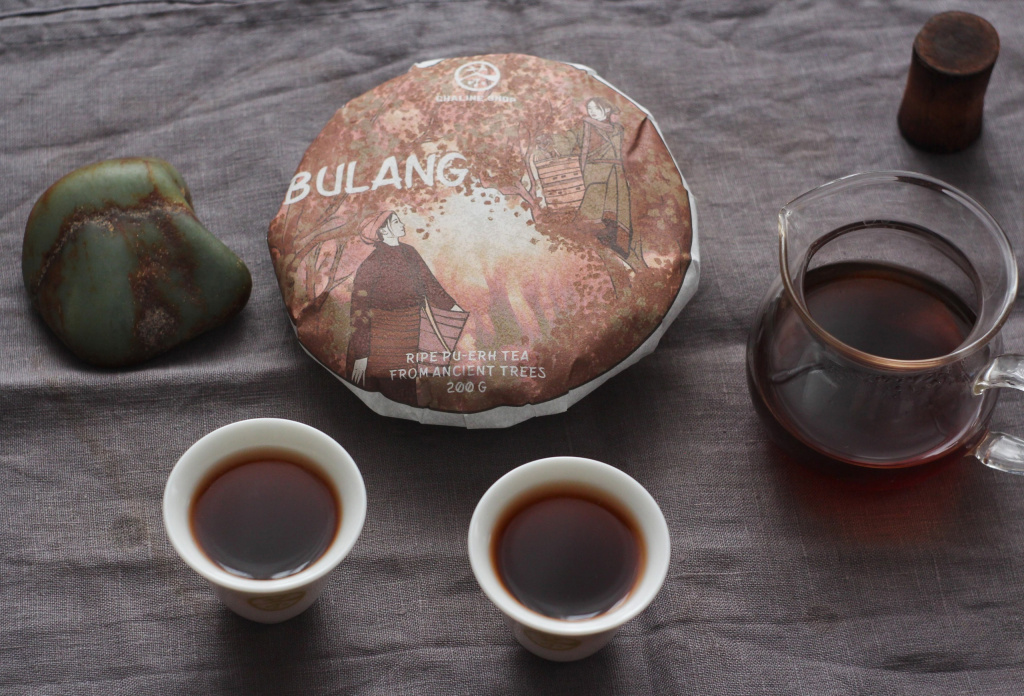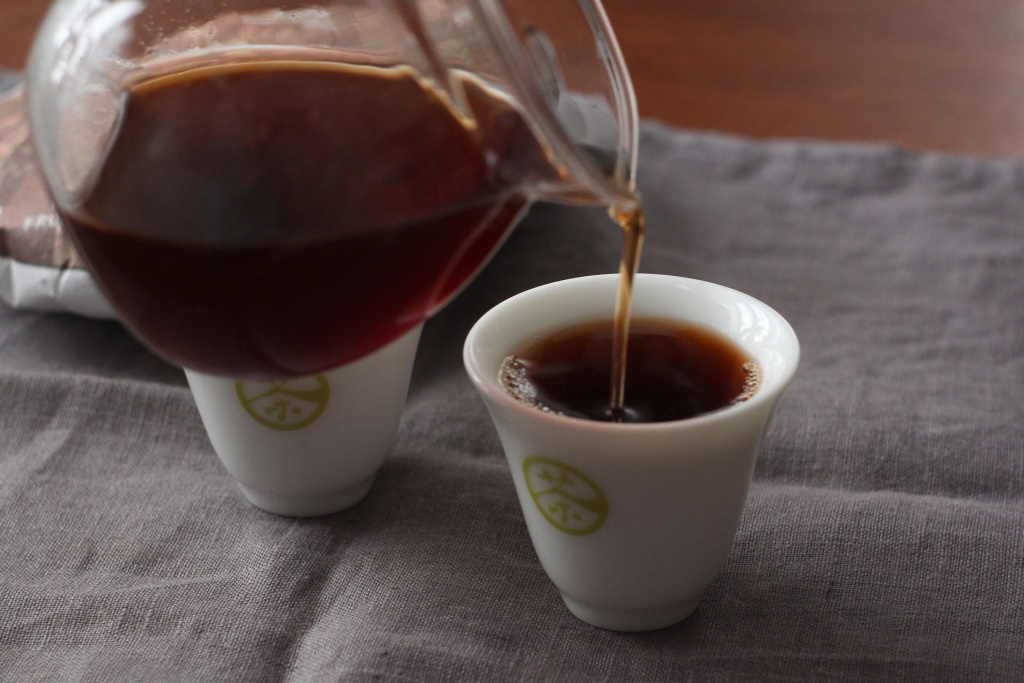The Healing Power of Tea: How Brewing Tea Reduces Heavy Metals in Water
In today's world, where environmental pollution is becoming an increasingly pressing problem, it is especially important to pay attention to the quality of the water we consume.
Heavy metals such as lead and cadmium pose a threat to human health, causing various diseases with prolonged exposure. However, as recent scientific research shows, there is a simple and affordable way to reduce the content of harmful substances in water - simply brewing tea.
The Scientific Backbone of Tea's Cleansing Properties
Researchers from Northwestern University in the US, led by Vinayak Dravid, have recently made an important discovery in the field of interactions between tea leaves and heavy metals. They have experimentally proven that when tea is brewed, an adsorption process occurs, during which metal ions attach to the surface of tea leaves and remain there until the used tea leaves are removed.
According to a study published in the journal ACS Food Science & Technology, the effectiveness of this process depends on several factors: the type of tea, the steeping time, the temperature of the water, and the method of preparing the drinks.
( Link to the study: https://pubs.acs.org/doi/pdf/10.1021/acsfoodscitech.4c01030 )
Standard of different types of tea for water purification
Scientists tested various types of tea, including black, green, oolong , white, and herbal drinks such as chamomile and rooibos. The results showed that black tea was the most effective at adsorbing hard metals. This phenomenon is explained by the special wrinkled structure of tea leaves, which is formed during the fermentation process.

According to the research materials, the Langmuir isotherm parameters for black tea from Yunnan Province show the values KL = 0.0846 and qa = 29.8645, which indicates its high adsorption capacity. Similar indicators are observed for other varieties of black tea: Darjeeling Black (KL = 0.1069, qa = 22.7845) and Lipton Black (KL = 0.2536, qa = 25.6868).
Brewing time and its effect on metal adsorption
An important factor influencing the effectiveness of water purification with tea is the duration of brewing. Research shows that thorough brewing (just a few seconds) is ineffective in removing heavy metals. However, with a standard brewing time (3-5 minutes), one cup of tea can remove up to 15% of lead from water.
During prolonged holding, for example, when preparing iced tea, the efficiency gradually increases, so that almost all solid metal impurities are removed. This is confirmed by the data of dynamic studies: at elevated temperature (85°C), the pseudo-second-order rate constant is k₂ = 0.00428, which is higher than at room temperature (k₂ = 0.00383).
The adsorption mechanism involves metals
To better understand the process that occurs during tea brewing, the scientists used scanning electron microscopy and energy-dispersive spectroscopy. These methods allow visualizing the state of lead on the surface of tea leaves after the adsorption process.

As shown in the research materials, lead settles on the surface of tea leaves, attaching to carbon-containing structures. This process is a mechanical interaction between polyphenols present in tea and solid metal ions. Polyphenols, especially catechins and tannins, contain many hydroxyl groups that can form complexes with metal ions, effectively removing them from aqueous solution.
Practical significance for human health
While the study's authors conclude that "using tea as a water filter is not recommended," regular tea consumption can significantly reduce the risk of exposure to these harmful substances. This is especially important for those living in areas with high levels of metals in their tap water.
Long-term exposure to metals has been linked to a number of serious health conditions, including nervous system disorders, kidney failure, hypertension, and even some forms of cancer. Reducing even minor levels of these harmful substances can have a greater positive impact on health.
Interestingly, this study may explain why cultures with traditionally high tea consumption (such as China, Japan, and India) have historically had lower rates of heart disease and stroke. Part of this protective effect may be due to tea’s ability to remove heavy metals from the body.
Recommendations for tea brewing settings
Based on scientific data, we can formulate several recommendations for maximizing the cleansing properties of tea:
- To reduce the concentration of heavy metals in water, choose black tea.
- Brew the tea for at least 3-5 minutes.
- For increased efficiency, use hot water (around 85°C), as adsorption is more intense at higher temperatures.
- If you have concerns about the quality of your water, you can increase the brewing time or the amount of tea you use.
Conclusion
The tradition of tea drinking, which has existed in Eastern culture for thousands of years, gives new meaning to modern scientific research in the world. In addition to the beneficial properties of tea, such as high antioxidant content and tonic effect, its ability to cleanse water from hard metals is another weighty argument for regular consumption of this wonderful drink.
Although tea cannot completely replace specialized water filtration systems, its natural cleansing properties become an additional barrier to heavy metals in the human body. This is especially valuable in the context of growing environmental pollution and increasing levels of harmful substances in water resources.
Thus, the simple habit of regularly drinking tea can be not only a pleasant ritual, but also a factor in caring for your health, reducing the risk of the negative impact of heavy metals on the body.

- Comments
- Vkontakte






